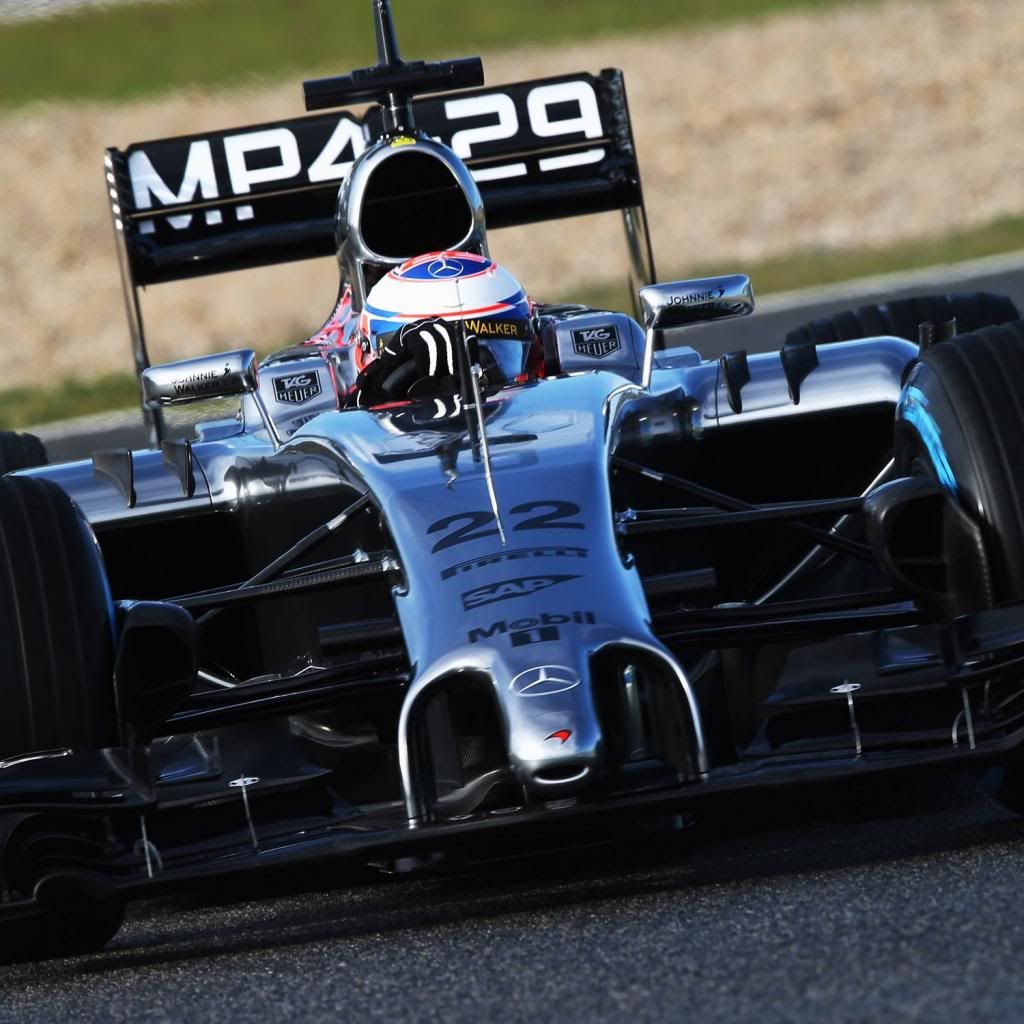Sorry but that is not correct. Pirelli had camber and pressure limits specified prior to Silverstone. Their complaint was that teams did not respect those specs at all times and deviated in Silverstone, which McLaren did not.strad wrote:You miss my point...on purpose?....Sam and Martin can say that because prior to Germany Pirelli had no REQUIRED pressures or camber settings,,,in fact Pirelli okayed swapping sides..Quite frankly because the tires are NOT uni-directional.It is all in the thread. Sam Michael and Martin Whitmarsh told the press that at all times McLaren ran the specified pressures and cambers required by Pirelli.
We had a difference of opinion whether tyre pressures were a dominant influence in the blowouts. The fact that there were specs and they had all been respected by McLaren shows pressures were not the big deal.
And the current construction is asymmetric which makes it weaker when swapped between sides. Until Silverstone Pirelli did not consider that to be relevant. Most likely because they thought they had a sufficient safety margin to compensate for a relatively small extra load. The tyre swapping is different to the camber and pressure issue. Pirelli never allowed the teams to deviate from pressure and camber specs, but they did with tyre swapping. We do know that McLaren asked in writing and were allowed.
I hope that is much clearer now. Which brings us to the question which were the big load factors. There cannot be any doubt that cornering speeds were up and the loads from that was underestimated. The only question that is controversial is the standing waves on the side walls that were reported by Ross Brawn. They were not mentioned by Pirelli which leads some people to believe they did not exist. My view on this is known. Standing waves have played a role in Indy 2005 where we had side wall failures in a high speed situation as well. In Silverstone it was the shoulder that proved to be weaker. Standing waves can easily contribute massive loads that will negate your safety margins quicker than any other single factor. And they usually are not generated because you try to avoid the frequencies where they can excite you elastic system. But designers are known to get this wrong, which Pirelli naturally would not want to admit for fear of looking incompetent.
I do respect people who have a different opinion on standing waves, but I think that those people should also respect an opinion that is based on the testament of an awfully experienced F1 engineer such as Ross Brawn is.





